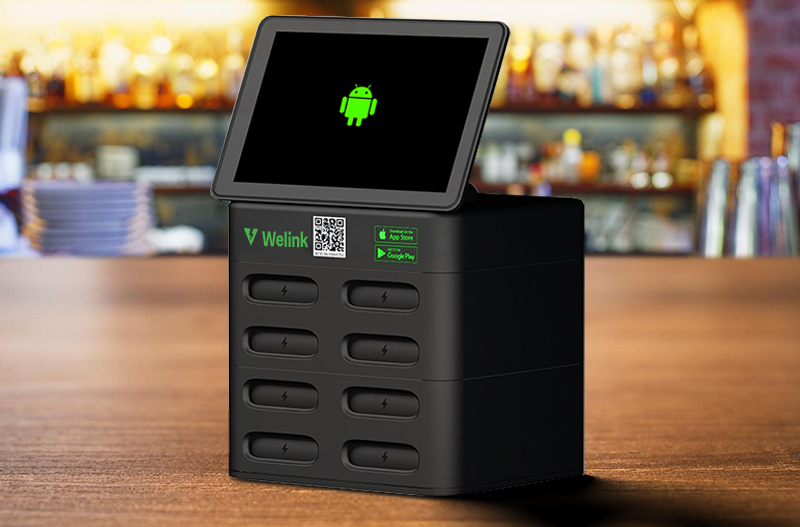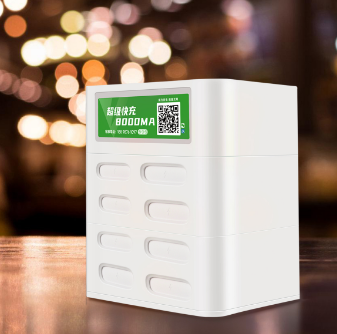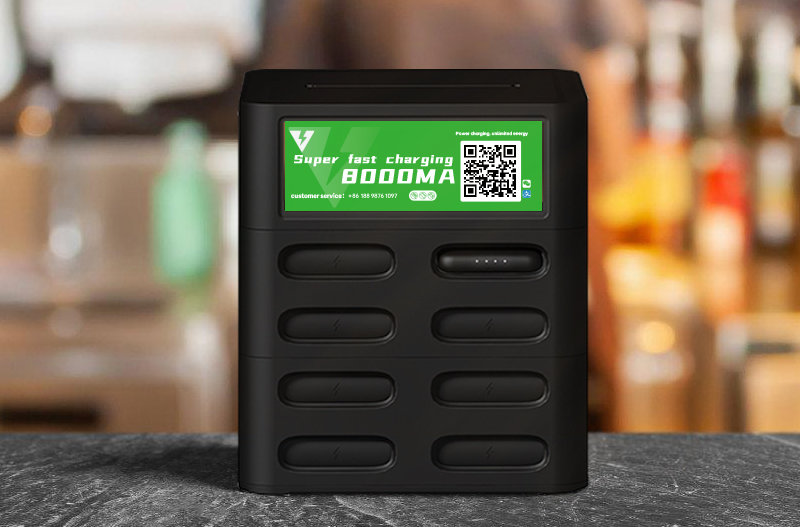The agent is responsible for laying out shared power banks and placing them in locations with high pedestrian traffic. Users rent power banks through mobile apps, and charging agents earn profits from each rental and return.
Rental income: Agents earn income by setting reasonable usage prices. The price can be flexibly adjusted based on the traffic and user needs of the location. In high traffic locations, daily income is higher.
Market promotion and cooperation: Agents need to spend more time on market promotion, finding suitable locations for placing power banks, and establishing cooperative relationships with local merchants. Attract more users to rent power banks through mutually beneficial cooperation.
Maintenance and management: Ensuring the normal operation and user experience of shared power banks is crucial. Good maintenance and management can increase the reuse rate of users and increase revenue.
Overall, the shared power bank agency is a revenue opportunity that combines innovation and profitability potential. Through reasonable pricing, active market promotion, cooperation with merchants, and good maintenance and management, agents can achieve a stable source of income.







